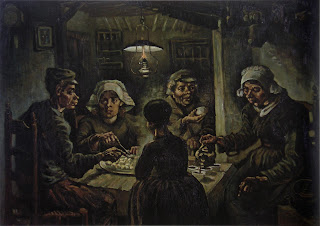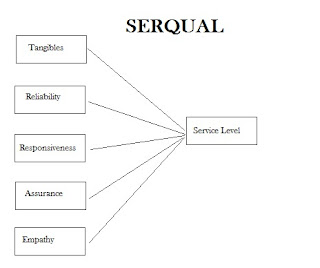The tree anchors the soil to the earth,
It is a home to many and shelter to some.
Creatures find their sustenance in its reach,
Leaves, branches, roots and bark makes their den.
Each finds their use for the branches held high.
Taking refuge in the umbrella of the tree’s time.
It is the blanket that keeps the earth warm,
The fan that keeps it cool.
It maintains sturdy course, bracing high and low.
Dr. Murad Abel
Free verse poetry does not have the rhythm or meter like
other poetry. However, one can argue that free verse is not completely free. It
does have some level of comma use, word choice, and themes that give it a
structure. The free versus is meant to tell more of a story than it is to
delight in rhythm and rhyme. Other examples of free versus may be found in Walt
Whitman’s work where commas and words create natural pause.
The writer seeks to connect images in the readers mind. They
do this through the specific choices of words. For example, “like a willow reaches
for mother earth” could put an image of a weeping willow with the branches
focused downward or it could be used to enhance a concept of a crying infant
such as “The child became like a willow that reaches for mother earth”.
For example, the poem above is considered free versus but it
also has a number of images it portrays to the reader. Consider the following:
Line 1-Anchored, connected, foundation.
Line 2-Shelter, home,
refuge
Line 3-Sustenance, food, life
Line 4- Den, home, borough
Line 5-Usage, utility, providing
Line 6-Time, longevity, unending
Line 7-Blanket, warmth, protective
Line 8-Cool, refuge, oasis
Line 9-Sturdy, unbreakable, strong
If we look at only these words and the images associated
with them we may find a tree to have a strong foundation, be shelter, give us
living, a place to exist, having practical use, providing nourishment, always giving,
giving warmth, giving coolness, and never ending. It is possible to look at the poem as representing
life and homes. That homes are strong, teaching us skills, always providing
something we need, giving us protection, and never ending in its quest to
provide this. The tree is the stable unending home to the creatures that live
on the earth. The poem helps us respect nature and interconnected activities of
all things that exist in that environment.
You might be interested in reading the following article on how plants try and reverse overheating through releasing cooling gases. Here
You might be interested in reading the following article on how plants try and reverse overheating through releasing cooling gases. Here



